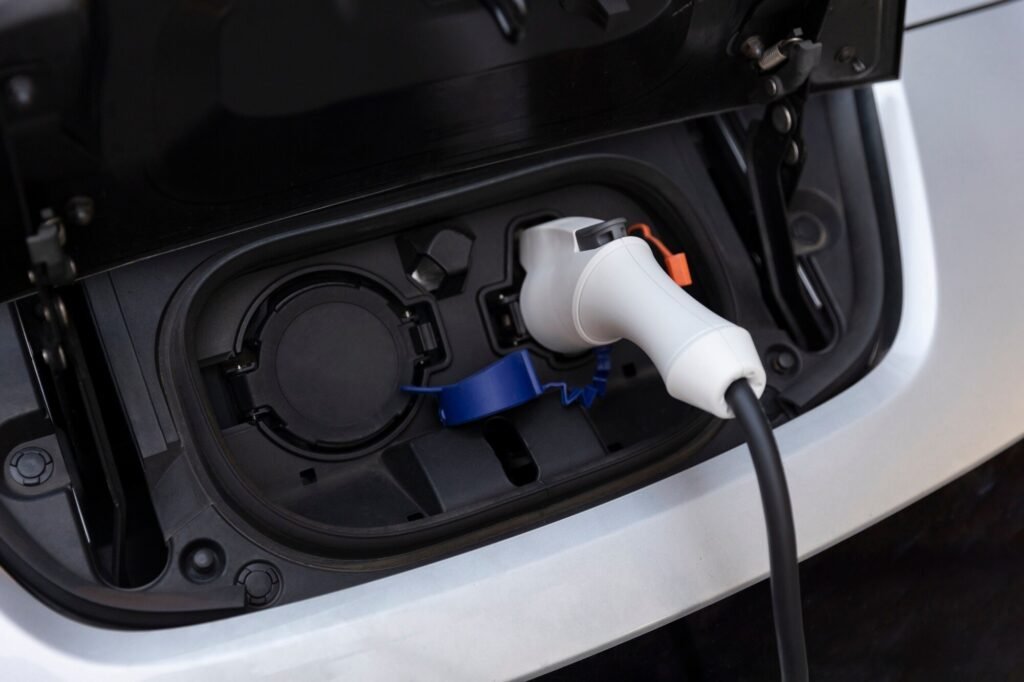battery electric vehicle brands: Transitioning to a Tidy Eco World Will Create a Brighter Future Tomorrow
The advent of EVs has reshaped car manufacturers’ world due to a promising alternative to petrol engines that is also eco-friendly. The battery electric vehicle (BEV) is an exclusive EV model with delightful in-vehicle experiences and zero emissions while running. Here, we will discuss the spectrum of benefits, facts about vehicles, the charging system, government schemes, range anxiety problems, model remodeling, and prospects of the BEV technology.
Intro BEVs are the new trend in the automotive world.
Battery Electric Vehicles (BEVs) are commonly and electrically referred to as vehicles utilizing energy saved in rechargeable batteries as fuel. Unlike hybrid cars, mostly powered by gasoline engines with some electric engine additions, BEVs run entirely on electricity, contributing no tailpipe pollutants.
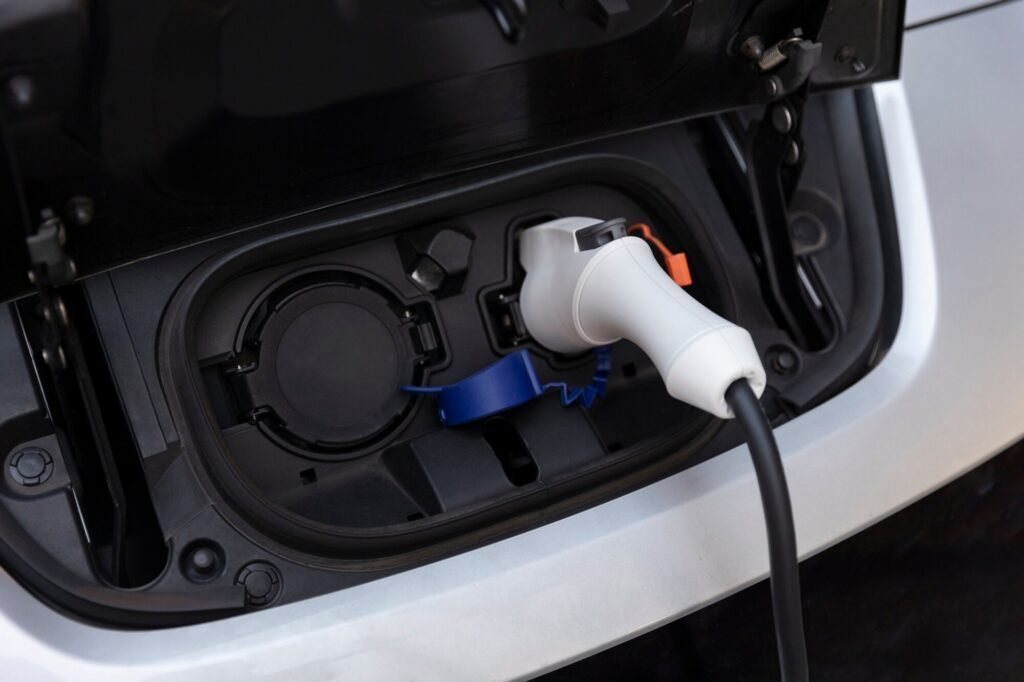
Advantages of BEVs
Environmental Benefits
Zero Emissions:
BEVs contribute to cleaner air and decreased greenhouse fuel emissions, mitigating the impacts of weather alternates.
Renewable Energy:
When charged using renewable power assets like solar or wind electricity, BEVs further decrease their carbon footprint.
Cost Savings
Fuel Savings:
Electricity is usually less expensive than gasoline, resulting in decreased fuel costs for BEV owners.
Maintenance Savings:
BEVs have fewer moving components than traditional cars, reducing the need for steeply-priced preservation and repairs.

Performance
Instant Torque:
Electric automobiles offer instant torque, bringing brief acceleration and clean use enjoyment.
Silent Operation:
BEVs function quietly, enhancing driving force comfort and lowering noise pollution in city areas.
Components of a BEV
Battery Pack
The battery percent is the coronary heart of a BEV, storing electric strength that powers the car’s electric-powered motor. Modern BEVs utilize superior lithium-ion battery technology, providing progressed electricity density and extended use degrees.
Electric Motor
BEVs are geared up with electric-powered cars that convert electrical strength from the battery into mechanical strength to force the car. Electric vehicles are enormously green, turning in stunning performance and even minimizing electricity loss.
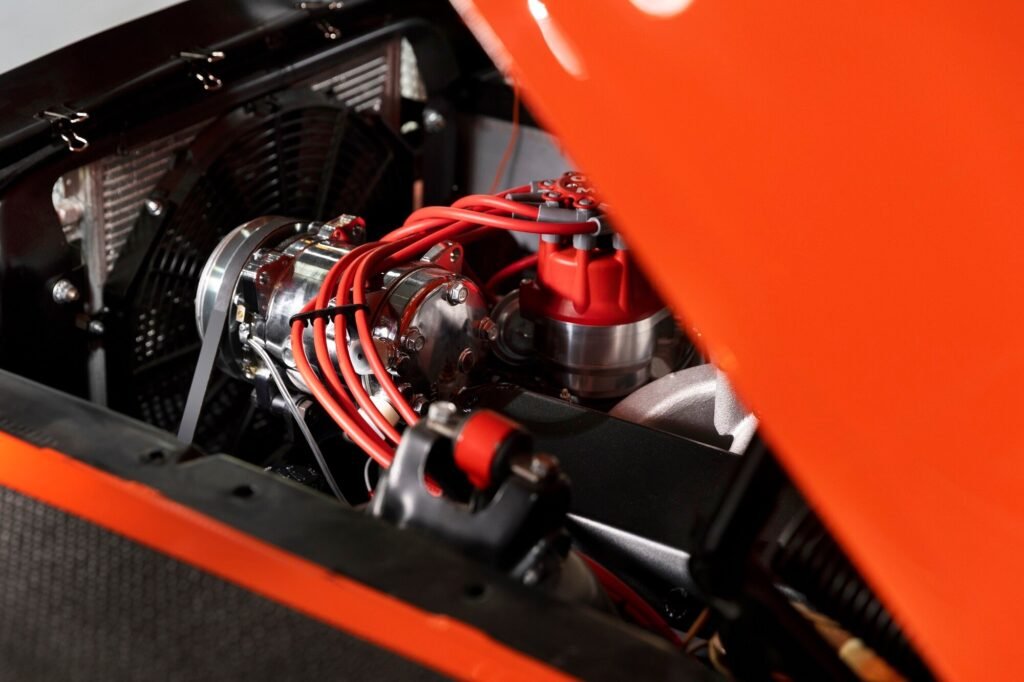
Charging System
BEVs may be charged using numerous methods, including home, public, and rapid charging networks. They charge instances, and the infrastructure availability range relies on place and charging generation.
Popular BEV Models
Several automakers produce BEVs, every presenting specific functions and capabilities. Some famous BEV models include the Tesla Model 3, Nissan Leaf, and Chevrolet Bolt EV.
Charging Infrastructure
Home Charging
Many BEV proprietors use residential charging stations to charge their cars at home. Home charging offers convenience and flexibility, allowing drivers to replenish their car’s battery daily.
Public Charging Stations
Public charging stations are available at numerous places, including shopping centers, parking garages, and dual-carriageway relaxation regions. These stations provide handy access to charging for BEV proprietors while moving.
Fast Charging Networks
Fast charging networks, such as Tesla’s Supercharger community and Electrify America, offer fast charging competencies, notably lowering charging instances for BEVs. These networks are vital for long-distance journeys and assuaging range tension.
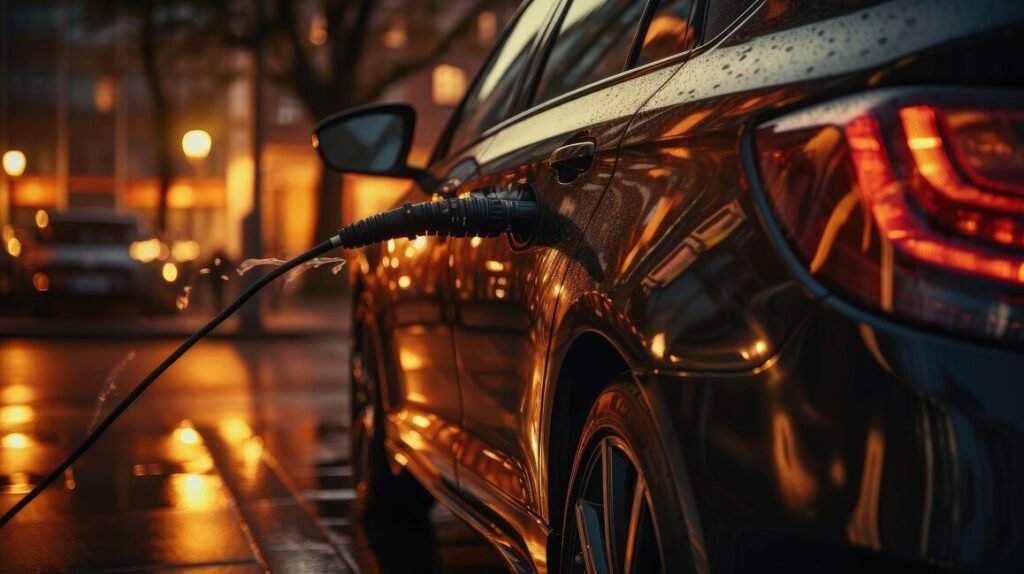
Government Incentives and Policies
Most governments at the level of states or countries offer financial rewards and exemptions for adopting BEVs through tax credits, rebates, and emission policies to stimulate the market. These actions are driven towards speeding up the ongoing conversion to clean car options.
Overcoming Range Anxiety
Improvements in Battery Technology
Advancements in the battery era, which include higher strength density and faster charging rates, are extending the use of a variety of BEVs and decreasing charging cases, addressing worries about anxiety related to variation.
Increased Charging Stations
Advanced charging facilities and fast-charging networks, which are rapidly growing, will facilitate locating such stations and planning driving long distances on the part of the owners of BEVs with confidence.
Better Range Estimation
Modern BEVs function with complex range estimation systems that provide accurate forecasts of remaining riding variety primarily based on factors, riding conduct, terrain, and climate conditions, assisting drivers to plan their journeys extra effectively.
Maintenance and Repairs
Simplified Maintenance
BEVs have fewer moving parts than inner combustion engine vehicles, resulting in simplified protection requirements and decreased long-term period costs.
Fewer Moving Parts
With no engine, transmission, or exhaust machine, BEVs experience less wear and tear on vital additives, decreasing the chance of mechanical screw-ups and minimizing repair fees.
Long-time period Cost Savings
While BEVs may have a better upfront value than traditional vehicles, the financial savings on fuel, maintenance, and restoration costs over the vehicle’s lifetime can offset the preliminary funding, resulting in lengthy-time period price financial savings for owners.
Future of BEVs
The destiny of BEVs appears promising, with continued technological improvements riding enhancements in overall performance, range, and affordability. Market increase Forecasts indicate a significant increase in BEV use globally, leading to a greener and more sustainable transportation sector.
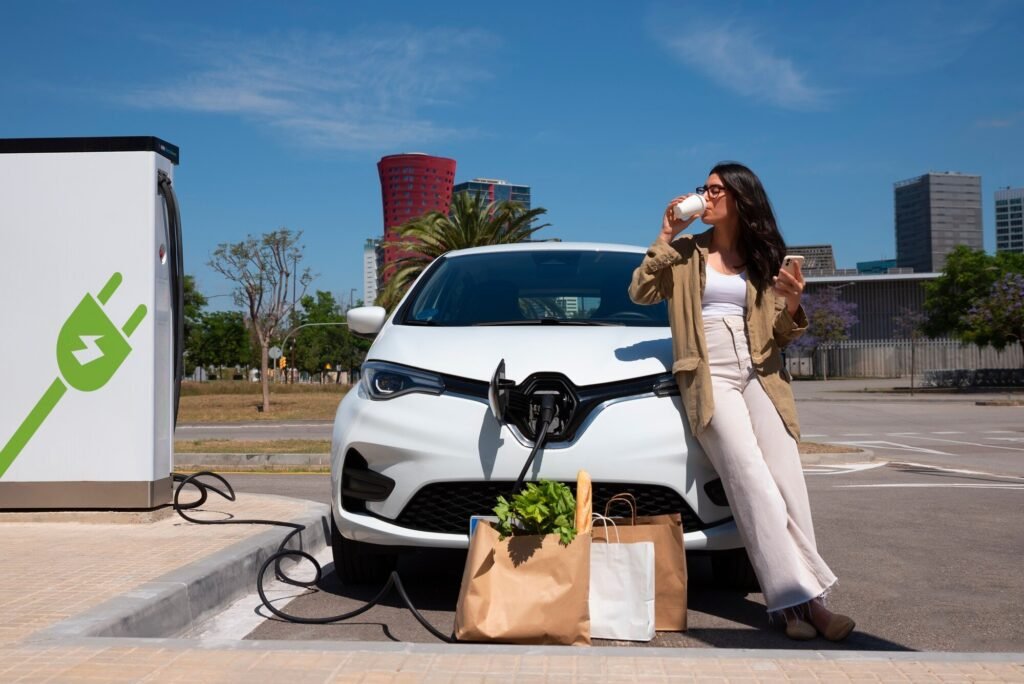
Conclusion
Battery Electric Vehicles offer a compelling option for environmentally and financially demanding situations related to conventional fuel-powered cars. With zero emissions, lower working expenses, and magnificent overall performance, BEVs are used towards a greener future. As charging infrastructure expands, range tension diminishes, and authorities’ incentives inspire adoption, the transition to electric-powered mobility accelerates. With ongoing improvements in battery generation and marketplace growth projections, the destiny of BEVs seems brighter than ever.
FAQs
1. Are BEVs more costly to hold than fuel-powered motors?**
BEVs generally have decreased renovation expenses because of fewer moving components and simplified protection necessities.
2. How long does it take to price a BEV?
Charging times vary depending on the vehicle and charging technique. With fast charging networks, BEVs can be charged to 80% capability in as little as 30 minutes.
3. What is variety tension, and how can or not it be conquered?
Range tension is the fear of jogging out of battery fee while riding. It may be overcome through improvements in battery generation, improved charging infrastructure, and better range estimation systems.
